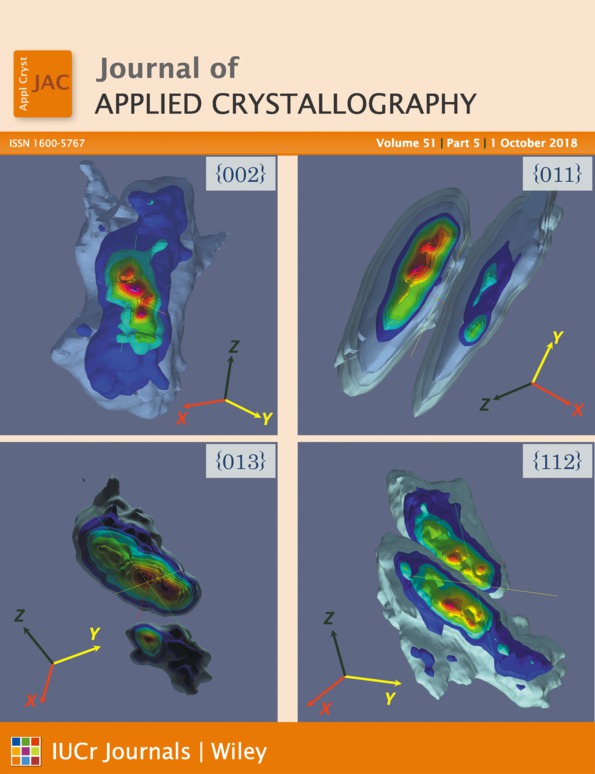reductus: a stateless Python data reduction service with a browser front end
Abstract
The online data reduction service reductus transforms measurements in experimental science from laboratory coordinates into physically meaningful quantities with accurate estimation of uncertainties from instrumental settings and properties. This reduction process is based on a few well known transformations, but flexibility in the application of the transforms and algorithms supports flexibility in experiment design, enabling a broader range of measurements than a rigid reduction scheme for data. The user interface allows easy construction of arbitrary pipelines from well known data transforms using a visual data flow diagram. Source data are drawn from a networked, open data repository. The Python back end uses intelligent caching to store intermediate results of calculations for a highly responsive user experience. The reference implementation allows immediate reduction of measurements as they are recorded for the three neutron reflectometry instruments at the NIST Center for Neutron Research, without the need for visiting scientists to install additional software on their own computers.




